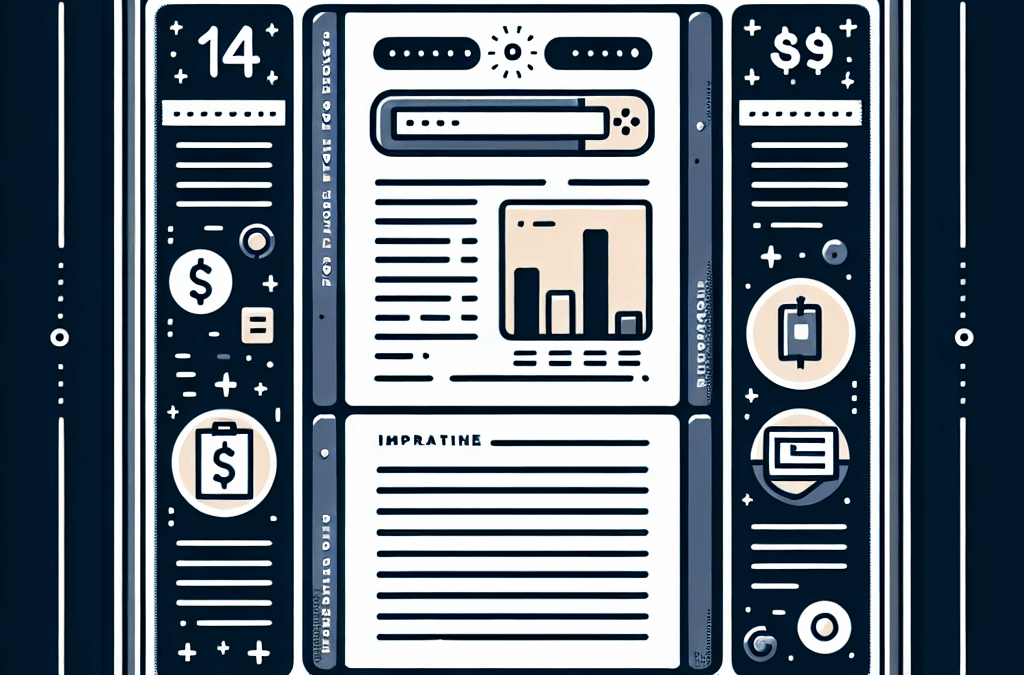Business owners need to keep an eye on their bottom line. For the short-sighted entrepreneur, this means purchasing a cheap website. But, for those with vision, they know that their website is a tool for business growth. Instead of shopping for cheap websites, successful businesses would rather make the investment in a custom site that will eventually pay for itself.
Determine the Potential ROI of a Custom Website
In 2016, internet sales reached $394.86 billion, a 15.6% increase over 2015 sales. So, if you want a rough idea of what the potential return on a custom website might be, take 15.6% of your total sales dollars. This roughly translates into the sales increase you can hope for over the next year. For businesses who currently own cheap websites that underperform, a new website could result in increases even greater than 15.6%.
From that, you should subtract the cost of a custom website. Since the average website needs to be updated every 3-5 years, make sure to take the cost of the new web design and divide it by five.
From there you can determine how long it will take for your new website to pay for itself. The bottom line is that it’s not how much the website project costs, it’s your return on investment that is important.
The Elements of a Good Website
Cheap websites are usually built using a website template. The cost is low because the designer has spent about $100 on a template which he then uses for every website he builds. It’s very difficult to reconfigure the architecture of these sites or to add additional features. You may also find that there are a lot of scripts slowing down your site; scripts you may not even need.
Rather than this ‘one size fits all’ approach, a custom website is built using the UX Design Process.
#1 – Identify Primary, Secondary, and Tertiary Clients
Cheap websites are a waste of money because they don’t identify your visitors. Most websites have both internal and external users. For instance, nonprofits need pages for both donors and charity recipients. Your web designer should pinpoint exactly who will use your site and design for their needs.
#2 – Fulfill the Needs of Your Clients
A good website considers the products and services your company offers and the web design showcases them appropriately. Web designers who offer cheap websites don’t want to invest time doing the research that a custom web designer will. Time equals money, and they can’t afford to give more than the very basic customer service.
But the web designer that cares about helping you grow your business will ask research questions.
- How do your clients spend their leisure time?
- What needs do they have at home and at work?
- Who are their friends?
- What products or services do they shop for?
#3 – You Need a Mobile Version of Your Website
There are two versions of every website, the pc version and the mobile version. Cheap websites most often display the same coding on both platforms. This often results in mobile issues and slow page load speeds for mobile. Just recently, Google announced that starting in August 2018, they will give preference to sites with faster mobile loading speeds. (source)
Cheap websites are a waste of money because you MUST have two versions of your site in order to compete online. Custom web design means both versions are fast and optimized for their particular platforms.
#4 – Web Design and Brand Identity
Building your brand so its recognizable in the marketplace takes time and resources. After striving so hard to build a unique brand identity, why would you want a website that looks like hundreds of others?
Custom web design extends your branding from your physical space to your virtual space.
#5 – Conversion Focused Design
Custom web design also identifies the best way to meet your customer’s needs without sacrificing the ultimate goal of conversion.
Every element of your web design needs to focus on that conversion. You could have several micro-steps but there should be an ultimate goal and a clear call-to-action. Cheap websites won’t be set up for every ‘micro-yes.’ Most are configured with one contact page and the assumption that your clients will call.
Since websites are meant to gather leads and not for closing sales, many cheap websites underperform. If the design was never configured to meet the goal, then there is no real hope of achieving it.
Ericks Webs Design offers a Free Mock-Up Offer as one of our website’s micro-steps. We don’t build ‘cheap websites.’ Instead, we build websites that meet the needs of our clients at a price that work with their budget. The best part is that you can see exactly what we offer, at no cost and with no future obligation. So, avoid the trap of cheap websites and instead, find the best return on your investment.
Blog










